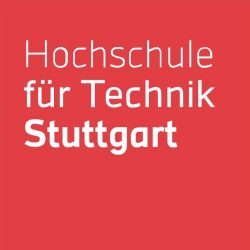The Stuttgarter Straßenbahnen AG (SSB) has been providing mobility services in public transport in Stuttgart and the surrounding area for over 150 years. The goal of the SSB is to fulfill its tasks as customer-friendly as possible and thus to gain additional passengers – especially with a view to air pollution control. As an important step to increase the attractiveness of public transport in Stuttgart, the so-called polygo app is now to be developed. The polygo app is intended to become a user-friendly information and booking platform which offers access to multi-modal mobility offers in Stuttgart and the region. Mobility services offered by SSB FLEX, as well as bicycle rental, carsharing and e-scooter providers are to be integrated in the app.

Source: SSB AG

